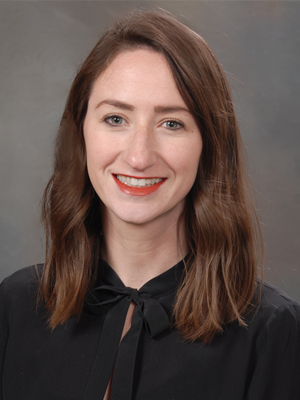
Artificial intelligence (AI) has revolutionized just about every field it has touched.
Dr. Stephanie Paal, assistant professor in the Zachry Department of Civil and Environmental Engineering at Texas A&M University, will work to wield that revolutionary power in the civil engineering field.
Paal recently received the Faculty Early Career Development (CAREER) Award from the National Science Foundation (NSF) — one of the most prestigious awards for up-and-coming researchers. The grant provides funding to support promising integrated research and education projects.
Paal will use the CAREER award to leverage existing knowledge and artificial intelligence to understand the performance of civil infrastructure under extreme loads such as natural or human-made disasters like earthquakes, hurricanes or fires.
Innovations in new materials and structural design are being created to respond to these extreme situations. There is a need for a rapid and reliable approach to understanding the behavior of existing and new structures in light of these innovations.
"I will focus specifically on the application of AI techniques such as transfer learning by leveraging available relevant, large datasets to address the small datasets that are comprised by the development of these new materials and structural designs,” she said. “While my research goal focuses on augmenting human knowledge with the artificial, my education goal focuses on augmenting current practices with the physical."
Paal will take a multidisciplinary, collaborative, team-based approach to education and outreach, which is integral to the research plan, called STEM in Motion.
"The integrated research and educational plan aim toward a more intelligent and informed approach to design, analysis and evaluation of our built world in the face of disasters and response to the ever-changing technological landscape," she said. “Moreover, although AI-based approaches are very promising right now, my integrated plan will focus on determining when and to what extent these approaches are suitable within the applied science domains.”
This award contributes to the National Science Foundation's role in the National Earthquake Hazards Reduction Program.
Read more about Paal’s research and objectives in her NSF abstract.